Home>Home Appliances>Laundry Appliances>How To Get Rid Of Lint In A Washing Machine
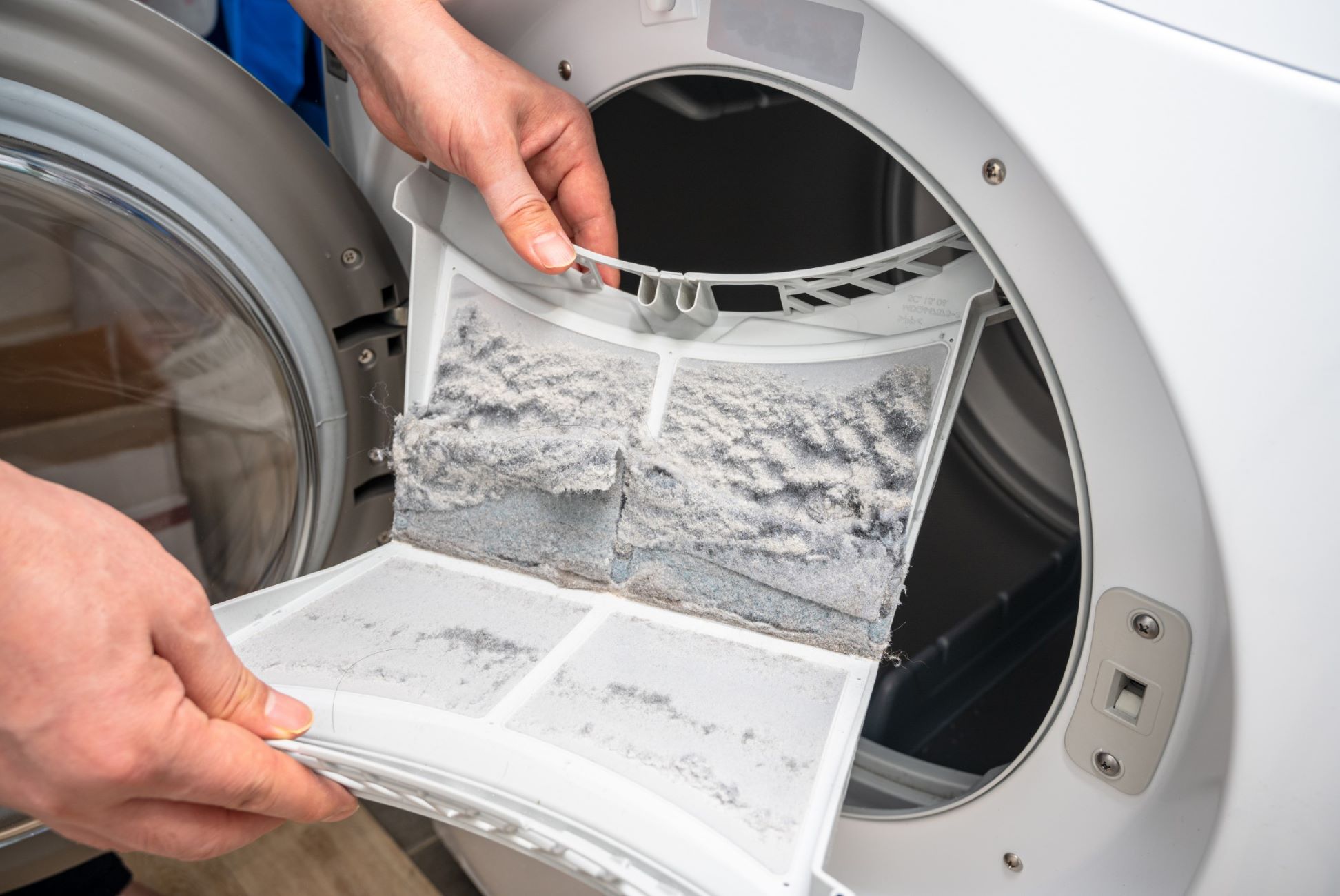

Laundry Appliances
How To Get Rid Of Lint In A Washing Machine
Published: February 26, 2024
Learn effective methods to remove lint from your washing machine and keep your laundry appliances running smoothly. Get expert tips and tricks for a lint-free laundry experience.
(Many of the links in this article redirect to a specific reviewed product. Your purchase of these products through affiliate links helps to generate commission for Storables.com, at no extra cost. Learn more)
Understanding the Causes of Lint in a Washing Machine
Lint in a washing machine can be a frustrating issue, causing clothes to appear less clean and affecting the overall performance of the appliance. To effectively address this problem, it's essential to understand the root causes of lint accumulation in the washing machine.
-
Fabric Wear and Tear: One of the primary culprits behind lint in the washing machine is the natural wear and tear of fabrics. Over time, clothing fibers break down, leading to the release of lint during the washing process. This is particularly common with older or heavily worn garments.
-
Mixing Fabric Types: When different fabric types are washed together, such as cotton and synthetic blends, it can result in increased lint production. The friction between these diverse materials during the wash cycle can cause fibers to break loose and accumulate as lint.
-
Excessive Detergent Usage: Using an excessive amount of detergent can contribute to the buildup of lint in the washing machine. The surplus detergent can bind with the fibers of the clothing, leading to the formation of lint particles that are not effectively rinsed away.
-
Hard Water: In areas with hard water, mineral deposits can accumulate on clothing fibers, causing them to break down more easily. This can result in an increased release of lint during the washing process.
-
Worn or Damaged Components: A washing machine with worn or damaged parts, such as the agitator or drum, can cause excessive friction against the clothing, leading to the generation of lint. Additionally, a damaged lint filter or a lack of one can allow lint to recirculate in the wash cycle, contributing to the accumulation of lint on clothing.
By understanding these underlying causes of lint in a washing machine, you can take proactive measures to minimize its impact. From adjusting laundry habits to implementing regular maintenance, addressing these factors can significantly reduce lint accumulation and improve the overall performance of your washing machine.
Key Takeaways:
- Regularly clean the lint filter, washer drum, and gasket to prevent lint build-up and maintain your washing machine’s performance. Use vinegar monthly to remove lint and maintain a fresh-smelling appliance.
- Separate clothing by fabric type, use mesh laundry bags, and avoid overloading the washing machine to minimize lint accumulation. Implement regular maintenance and professional servicing to keep your washing machine lint-free.
Read more: How To Get Rid Of Washer And Dryer
Tips for Preventing Lint Build-Up in Your Washing Machine
Preventing lint build-up in your washing machine is essential for maintaining the cleanliness and longevity of your clothing and the appliance itself. By implementing the following tips, you can effectively minimize lint accumulation and ensure that your laundry emerges fresh and lint-free.
-
Separate Clothing by Fabric Type: Before loading your laundry into the washing machine, take the time to separate clothing based on fabric type. By washing similar fabrics together, such as cotton items in one load and synthetic materials in another, you can reduce the friction that leads to lint production. This simple practice can significantly decrease the amount of lint generated during the wash cycle.
-
Use Mesh Laundry Bags: Delicate items, such as lingerie, hosiery, and clothing with fine knits, are prone to shedding lint during washing. To prevent this, consider placing these items in mesh laundry bags before washing. These bags act as a barrier, containing any loose fibers and preventing them from circulating and attaching to other garments.
-
Avoid Overloading the Washing Machine: Overloading the washing machine can lead to increased friction between clothing items, resulting in more significant lint production. To prevent this, adhere to the recommended load capacity for your specific washing machine model. By allowing ample space for the clothes to move freely during the wash cycle, you can minimize the generation and transfer of lint.
-
Use Liquid Detergent: Opting for liquid detergent over powdered varieties can help reduce lint accumulation. Liquid detergents dissolve more effectively in water, leaving fewer residues on clothing fibers. This, in turn, decreases the likelihood of lint formation during the washing process.
-
Regular Maintenance of the Washing Machine: Performing routine maintenance on your washing machine is crucial for preventing lint build-up. This includes cleaning the drum and gasket, as well as inspecting and, if necessary, replacing the lint filter. Additionally, ensuring that the washing machine is level and balanced can minimize excessive movement during the wash cycle, reducing friction and lint production.
By incorporating these preventive measures into your laundry routine, you can effectively minimize lint build-up in your washing machine. Not only will this preserve the quality of your clothing, but it will also contribute to the optimal performance and longevity of your washing machine.
Cleaning the Lint Filter in Your Washing Machine
Cleaning the lint filter in your washing machine is a crucial step in maintaining its efficiency and preventing lint from accumulating on your clothes. The lint filter, also known as the lint trap or lint screen, is designed to capture loose fibers and debris during the wash cycle, preventing them from recirculating and adhering to freshly washed laundry. Over time, however, the lint filter can become clogged with lint, reducing its effectiveness and potentially leading to lint build-up on clothing.
To clean the lint filter, follow these simple steps:
-
Locate the Lint Filter: The location of the lint filter varies depending on the washing machine model. In most top-loading machines, the lint filter is situated near the agitator, while front-loading machines typically have the filter near the bottom of the drum. Refer to your washing machine's manual to identify the exact location of the lint filter.
-
Remove the Lint Filter: Once you have located the lint filter, carefully remove it from its housing. In some models, the lint filter can be accessed by pulling it out directly, while others may require the removal of a cover or access panel.
-
Inspect and Clean the Filter: After removing the lint filter, visually inspect it for any visible lint or debris. Use a soft-bristled brush or a cloth to gently remove the accumulated lint from the filter. For stubborn build-up, rinsing the filter under running water can help dislodge trapped lint and restore its functionality.
-
Clean the Filter Housing: While the lint filter is removed, take the opportunity to clean the surrounding filter housing. Use a damp cloth to wipe away any lint or residue that may have accumulated in this area.
-
Reinstall the Lint Filter: Once the lint filter and its housing are clean and dry, carefully reinsert the filter into its designated slot. Ensure that it is securely in place to prevent any leaks or malfunctions during the next wash cycle.
By incorporating regular cleaning of the lint filter into your washing machine maintenance routine, you can effectively prevent lint from accumulating on your clothing and maintain the appliance's optimal performance. This simple yet essential task not only enhances the cleanliness of your laundry but also contributes to the longevity of your washing machine.
Using Vinegar to Remove Lint from Your Washing Machine
Vinegar, a versatile household staple, can be a remarkably effective solution for removing lint from your washing machine. Its natural acidic properties make it an excellent agent for breaking down residue and eliminating build-up, including lint, within the appliance. By incorporating vinegar into your washing machine maintenance routine, you can effectively enhance its performance and ensure that your laundry emerges fresh and lint-free.
To utilize vinegar for removing lint from your washing machine, follow these simple steps:
-
Prepare the Washing Machine: Before beginning the cleaning process, ensure that the washing machine is empty. Remove any clothing or items from the drum and ensure that the machine is not in operation.
-
Pour Vinegar into the Dispenser: Measure out two cups of white vinegar and pour it directly into the detergent dispenser of the washing machine. White vinegar is preferred for this purpose due to its mild scent and natural cleaning properties.
-
Run a Hot Water Cycle: Set the washing machine to run a hot water cycle. The combination of hot water and vinegar will work to dissolve and dislodge any lint or residue that has accumulated within the machine.
-
Pause the Cycle: Once the washing machine has filled with hot water and the vinegar solution, pause the cycle. Allow the mixture to sit for approximately one hour. This extended soaking period will maximize the effectiveness of the vinegar in breaking down and loosening lint and debris.
-
Resume and Complete the Cycle: After the soaking period, resume the washing machine cycle and allow it to complete the full wash and rinse process. The hot water and vinegar solution will work to flush out any dislodged lint, leaving the interior of the machine clean and free from residue.
-
Inspect and Wipe Down: Once the cycle is complete, inspect the interior of the washing machine for any remaining lint or residue. Use a damp cloth or sponge to wipe down the drum, agitator, and any other accessible surfaces to ensure that all traces of lint are removed.
By incorporating vinegar into your washing machine cleaning routine on a monthly basis, you can effectively prevent lint build-up and maintain the optimal performance of the appliance. This natural and cost-effective method not only removes lint but also helps to eliminate odors and mineral deposits, leaving your washing machine clean, fresh, and ready to tackle your laundry with efficiency and effectiveness.
Regular Maintenance to Keep Your Washing Machine Lint-Free
Regular maintenance is essential for keeping your washing machine free from lint build-up and ensuring its optimal performance. By incorporating the following maintenance practices into your routine, you can effectively minimize lint accumulation and prolong the lifespan of your appliance.
Clean the Washer Drum and Gasket
Over time, residues from detergents, fabric softeners, and dirt can accumulate in the washer drum and gasket, leading to the potential transfer of lint onto your clothing. To prevent this, periodically clean the interior of the washing machine. Use a mild solution of water and vinegar or a specialized washing machine cleaner to wipe down the drum and gasket, removing any built-up residues and lint particles. Additionally, ensure that the drum and gasket are thoroughly dried after cleaning to prevent the growth of mold and mildew.
Inspect and Clean the Drain Pump Filter
Lint, debris, and foreign objects can accumulate in the drain pump filter, hindering the drainage process and potentially causing lint to be redeposited onto your laundry. Regularly inspect the drain pump filter for any obstructions and clean it as needed. Refer to your washing machine's manual for specific instructions on locating and accessing the filter. By keeping the drain pump filter clear, you can prevent lint-related drainage issues and maintain the efficiency of the washing machine.
Check and Maintain the Lint Filter
If your washing machine is equipped with a lint filter, it is crucial to inspect and clean it regularly. Remove the lint filter according to the manufacturer's guidelines and clear away any accumulated lint and debris. Ensure that the filter is securely reinstalled after cleaning to effectively capture lint during the wash cycle. For washing machines without a lint filter, consider using a lint-catching laundry product, such as a lint trap or lint balls, to minimize lint transfer onto clothing.
Balance and Level the Washing Machine
An unbalanced or improperly leveled washing machine can lead to excessive movement during the wash cycle, causing increased friction and potential lint generation. Periodically check the balance and level of your washing machine and make adjustments as necessary. Use a leveling tool to ensure that the appliance is stable and balanced on all four corners. By maintaining proper balance and leveling, you can reduce unnecessary wear and tear on the machine and minimize lint-related issues.
Schedule Professional Maintenance
In addition to regular at-home maintenance, consider scheduling professional servicing for your washing machine. A qualified technician can inspect the internal components, including the agitator, drum, and drainage system, to identify and address any potential sources of lint accumulation. Professional maintenance can also include the lubrication of moving parts, ensuring that the washing machine operates smoothly and efficiently.
By incorporating these regular maintenance practices into your washing machine care routine, you can effectively minimize lint build-up and preserve the cleanliness and performance of the appliance. Additionally, adhering to the manufacturer's guidelines for maintenance and care can help extend the lifespan of your washing machine, providing you with reliable and lint-free laundry results for years to come.
Frequently Asked Questions about How To Get Rid Of Lint In A Washing Machine
Was this page helpful?
At Storables.com, we guarantee accurate and reliable information. Our content, validated by Expert Board Contributors, is crafted following stringent Editorial Policies. We're committed to providing you with well-researched, expert-backed insights for all your informational needs.
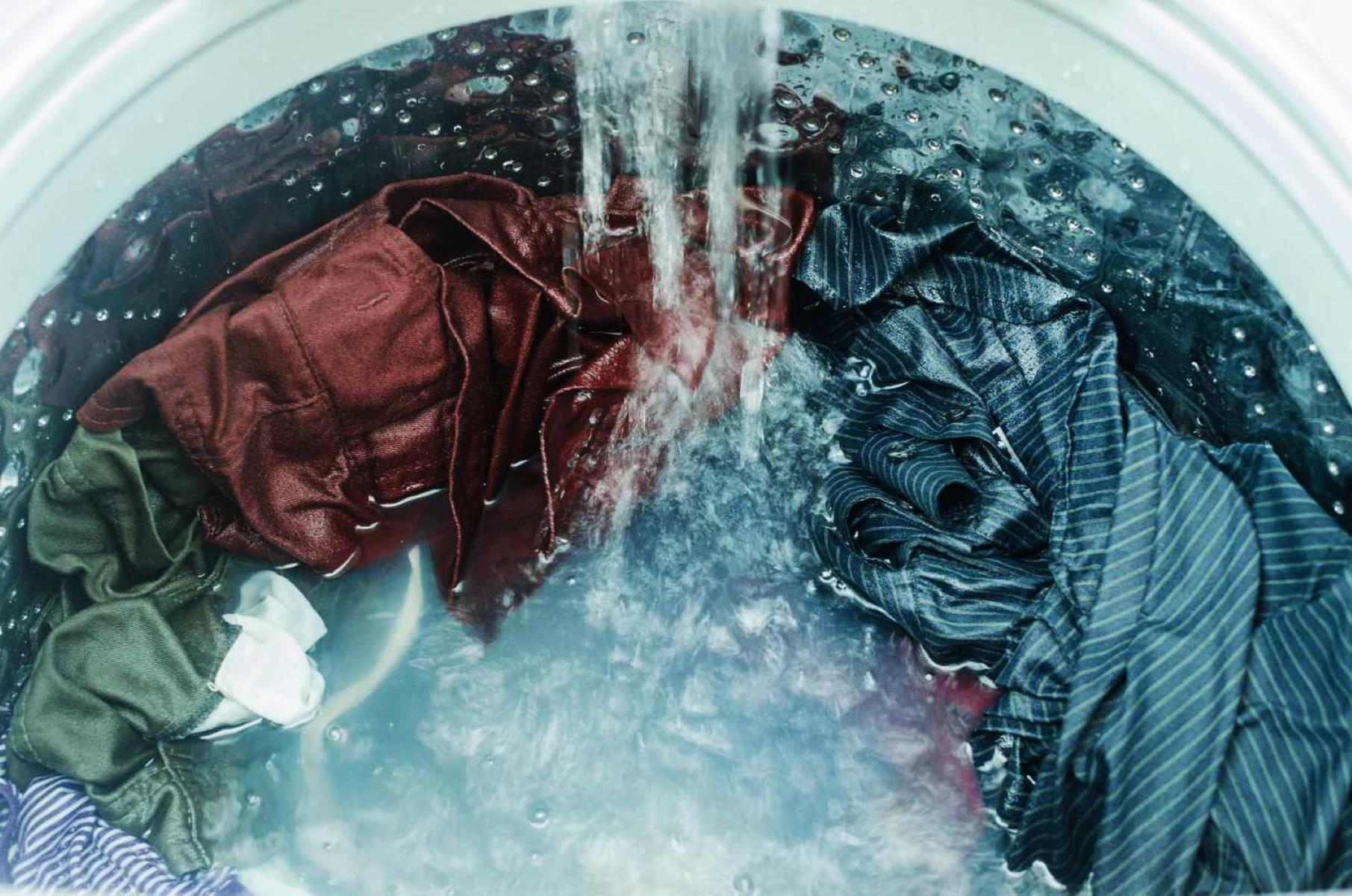
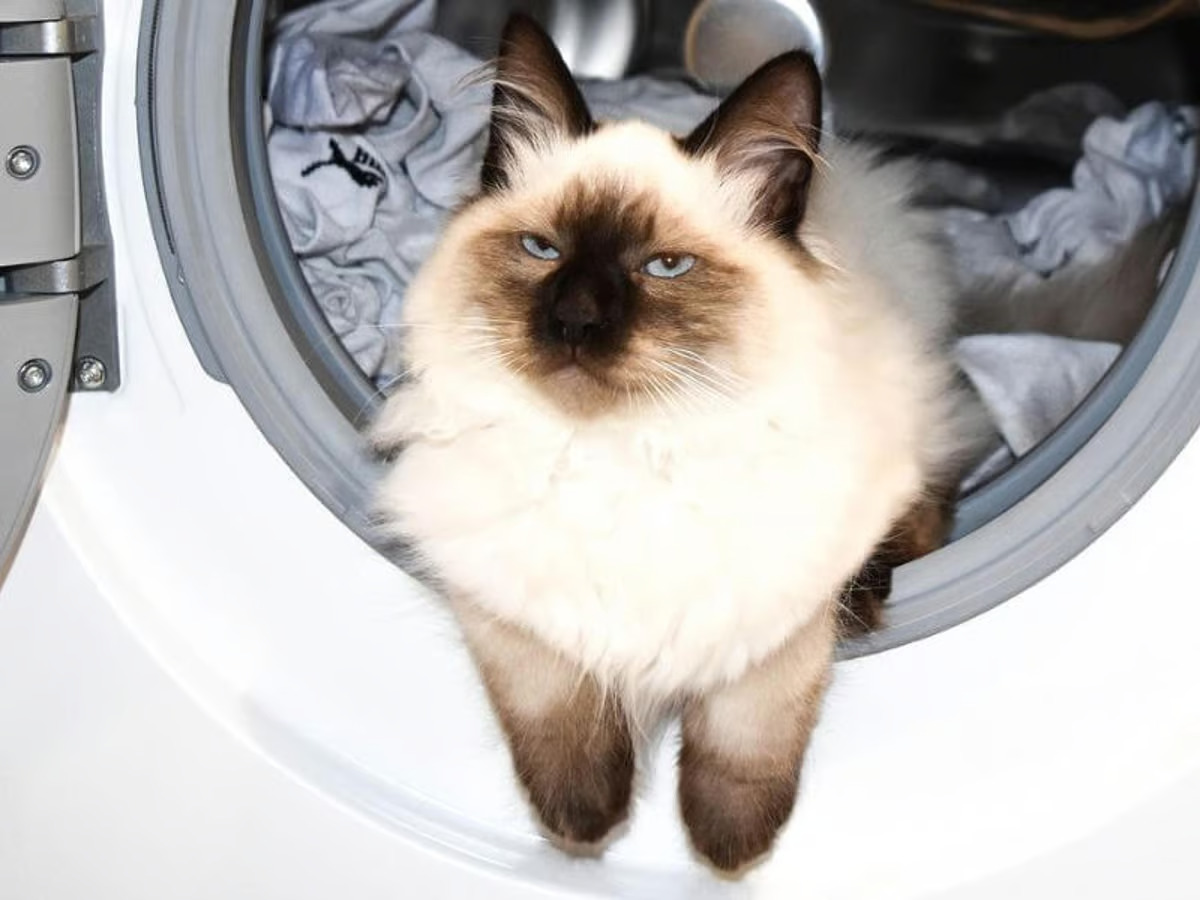

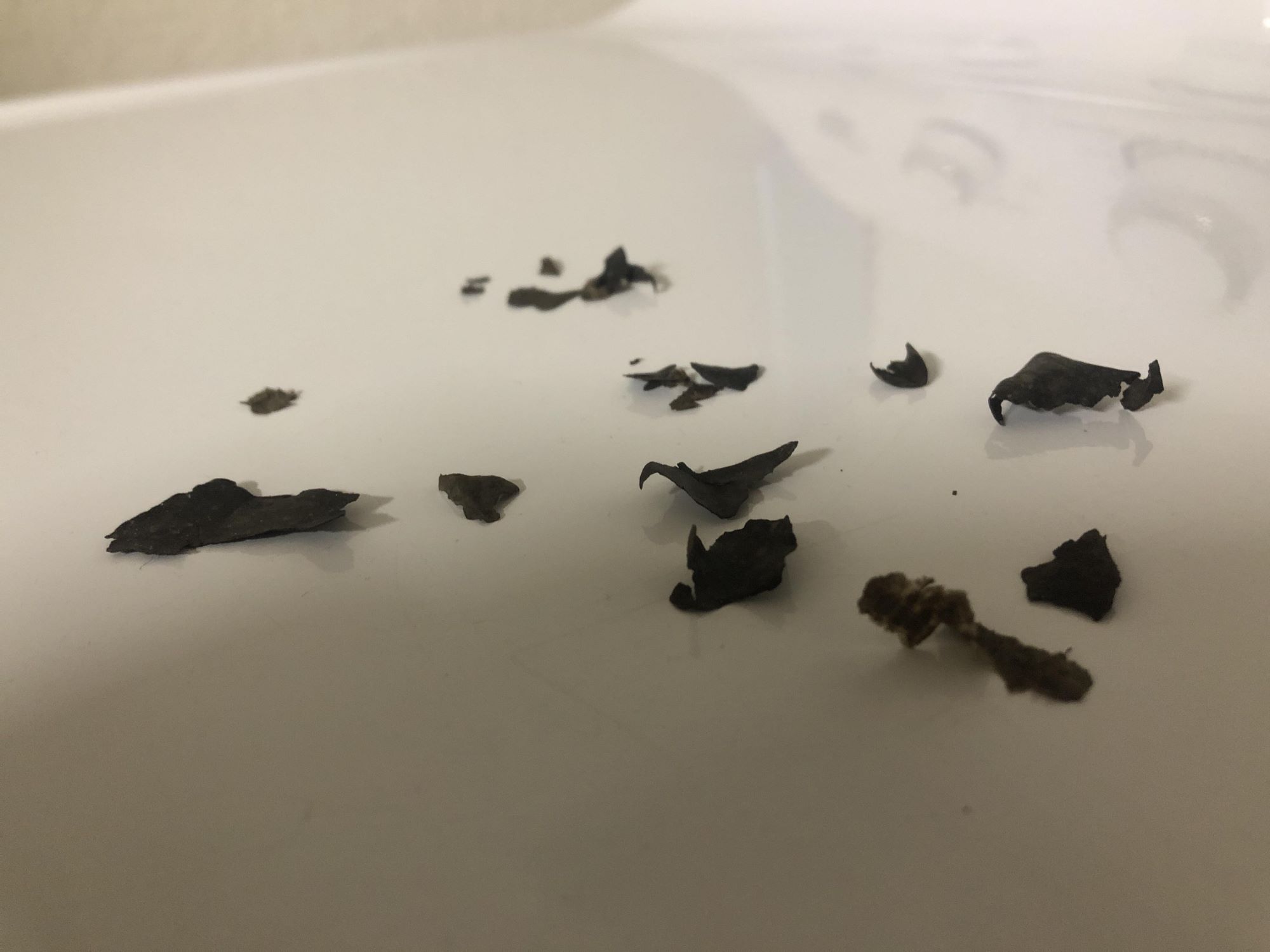
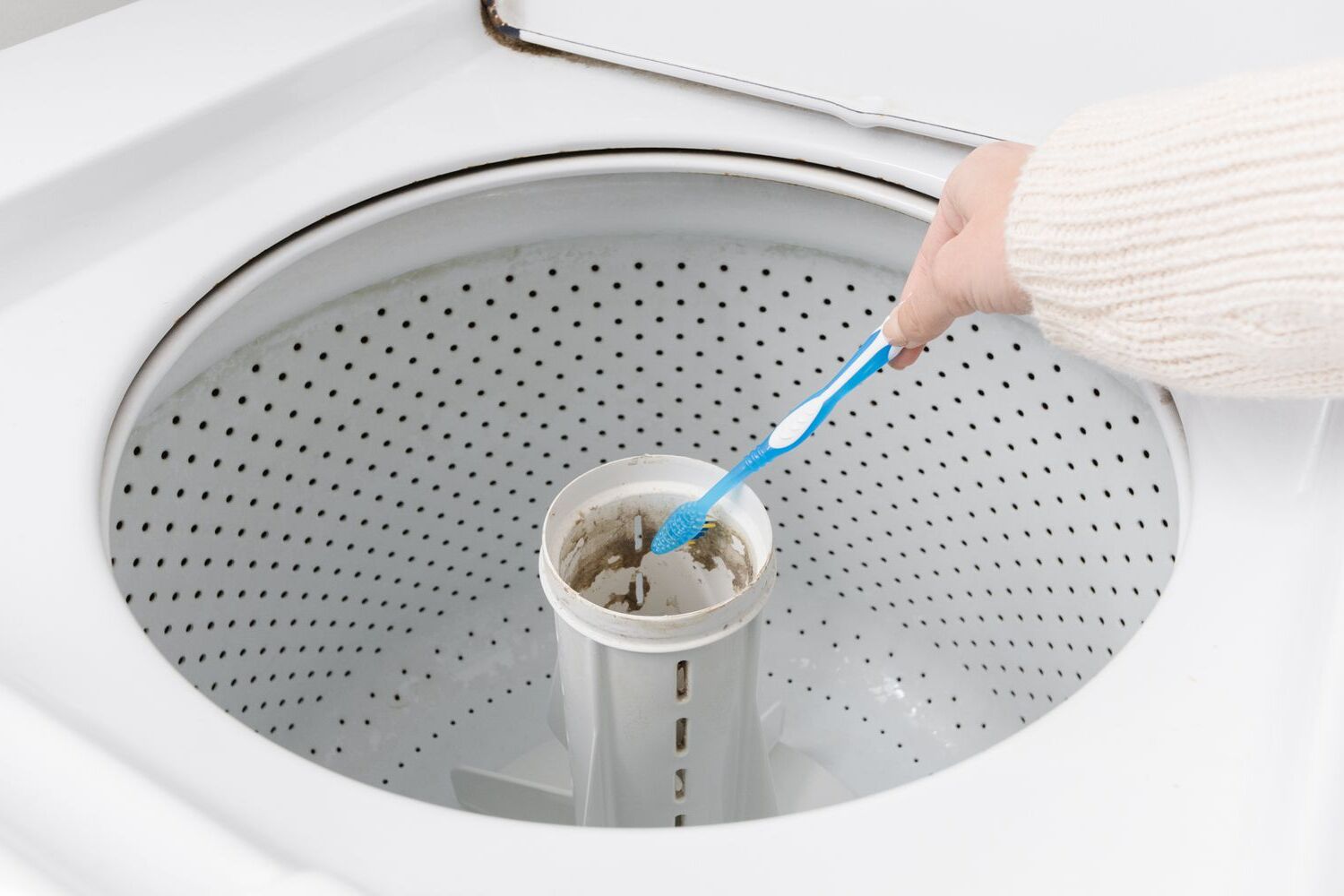
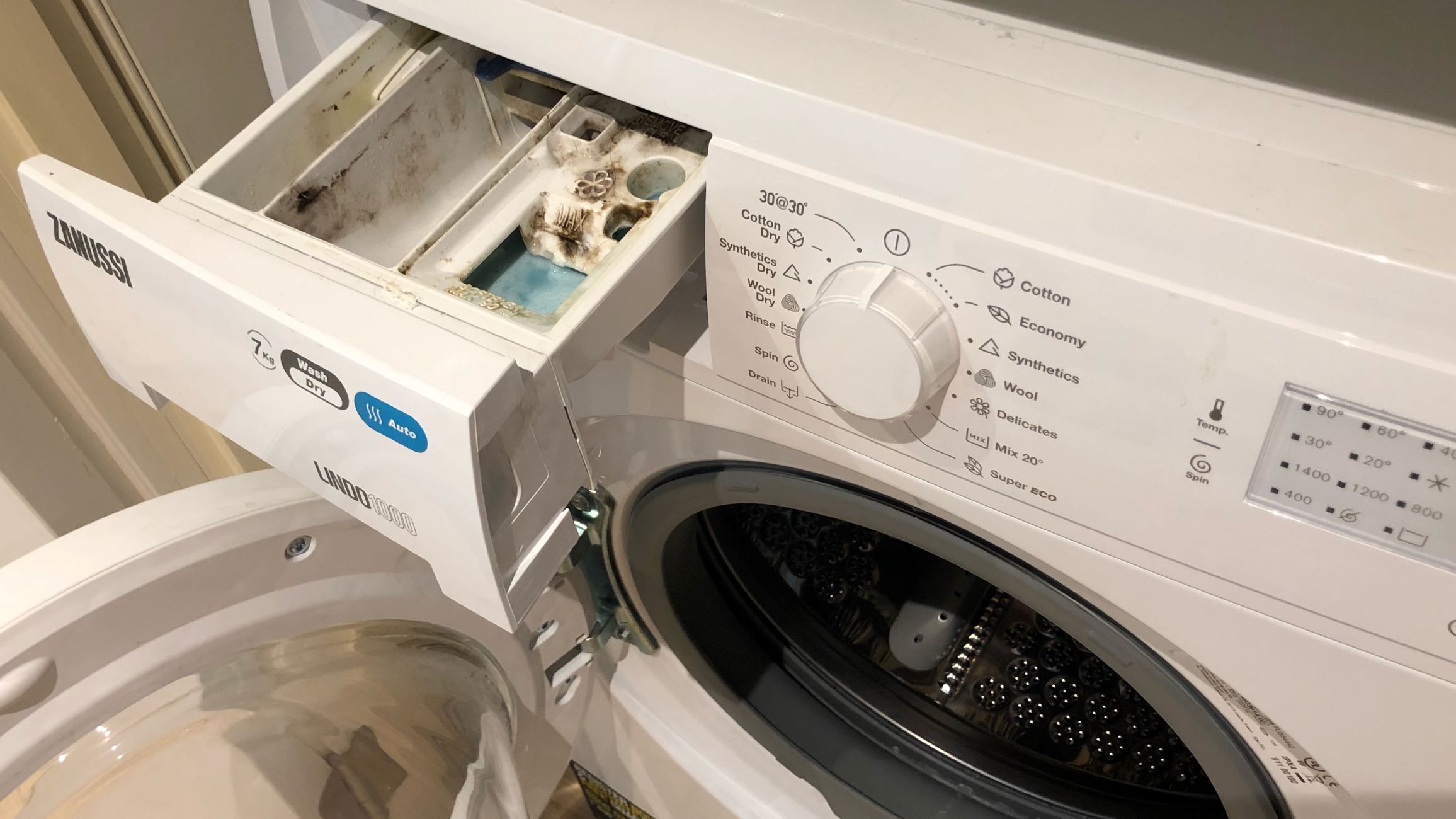
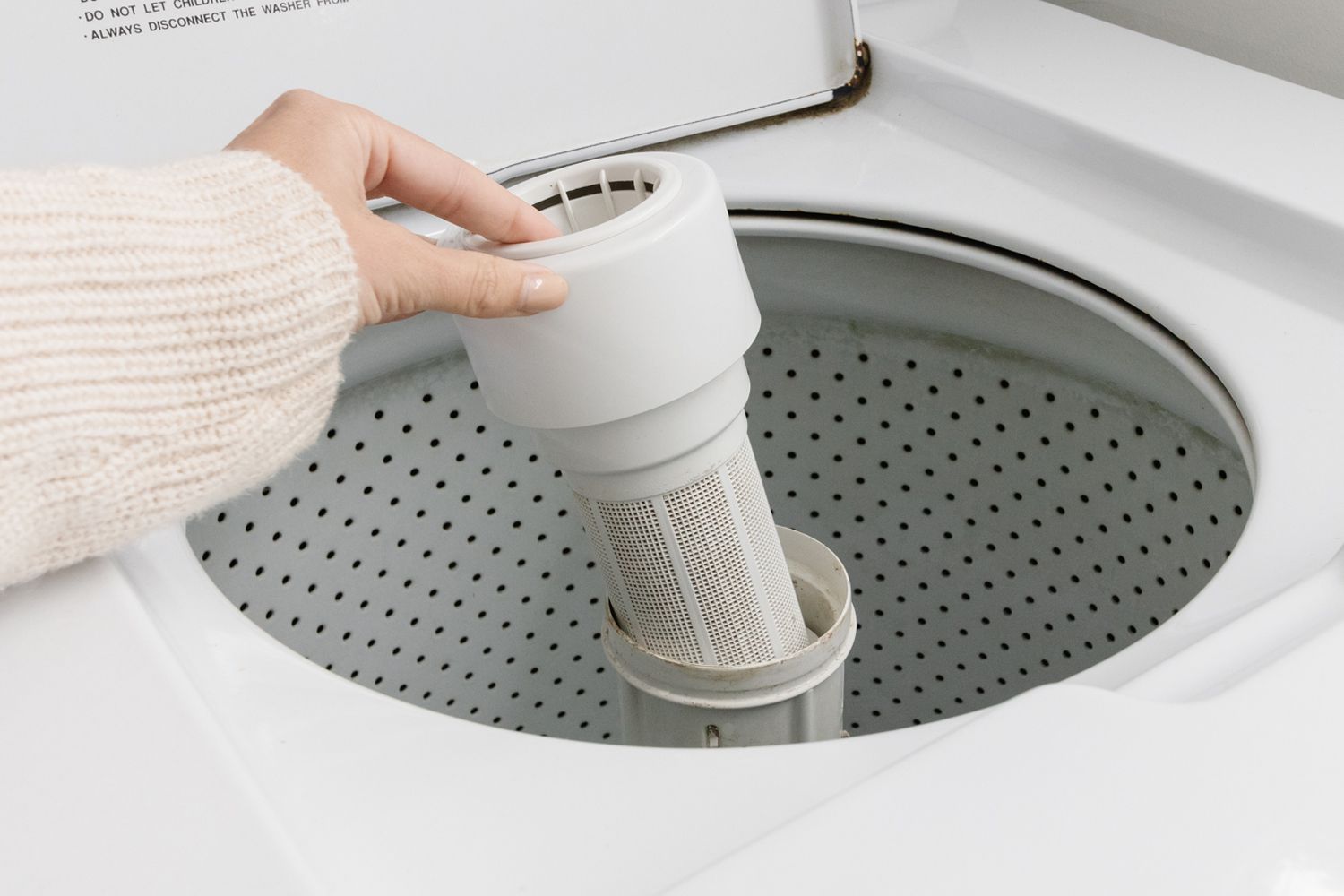
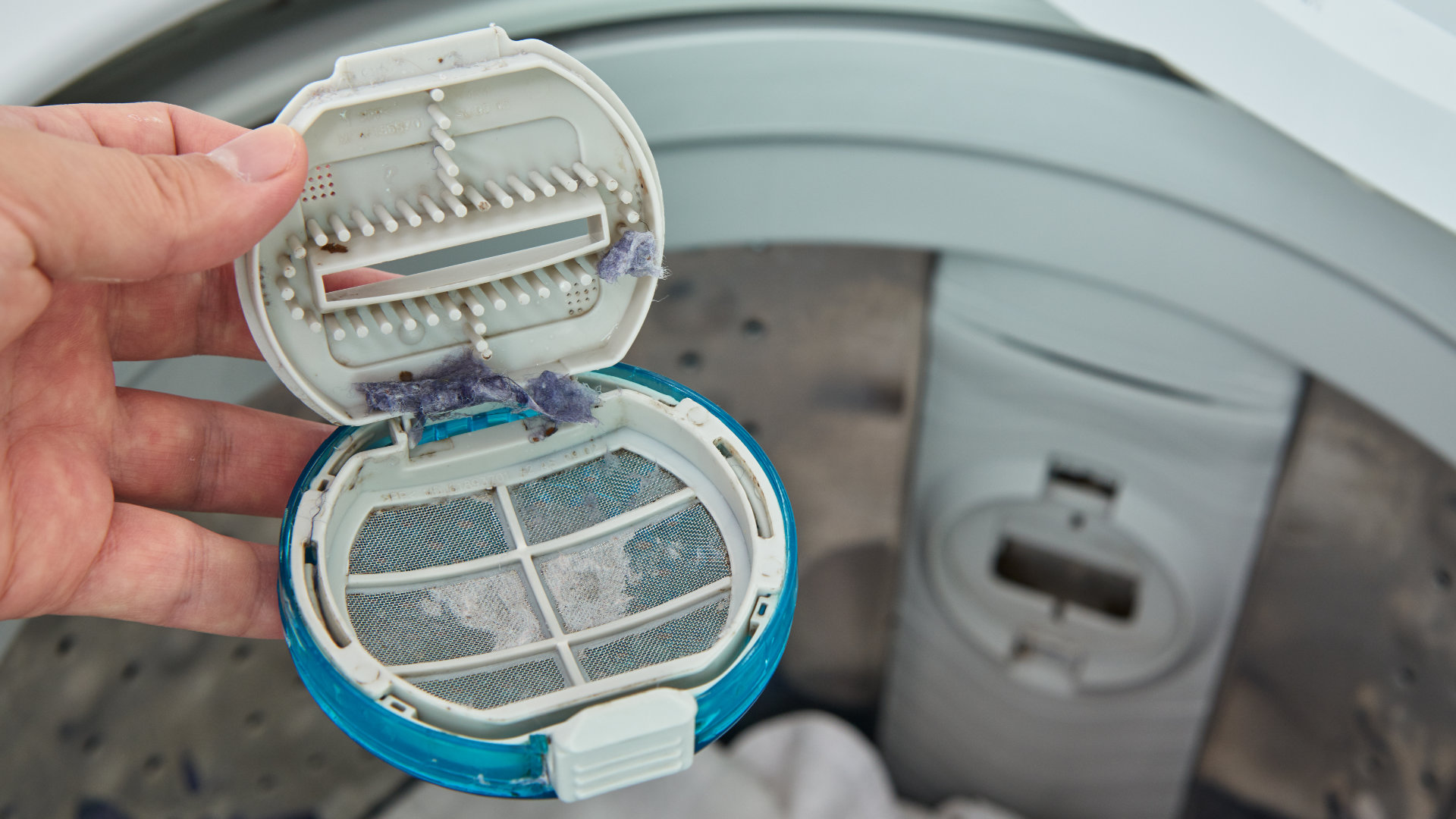
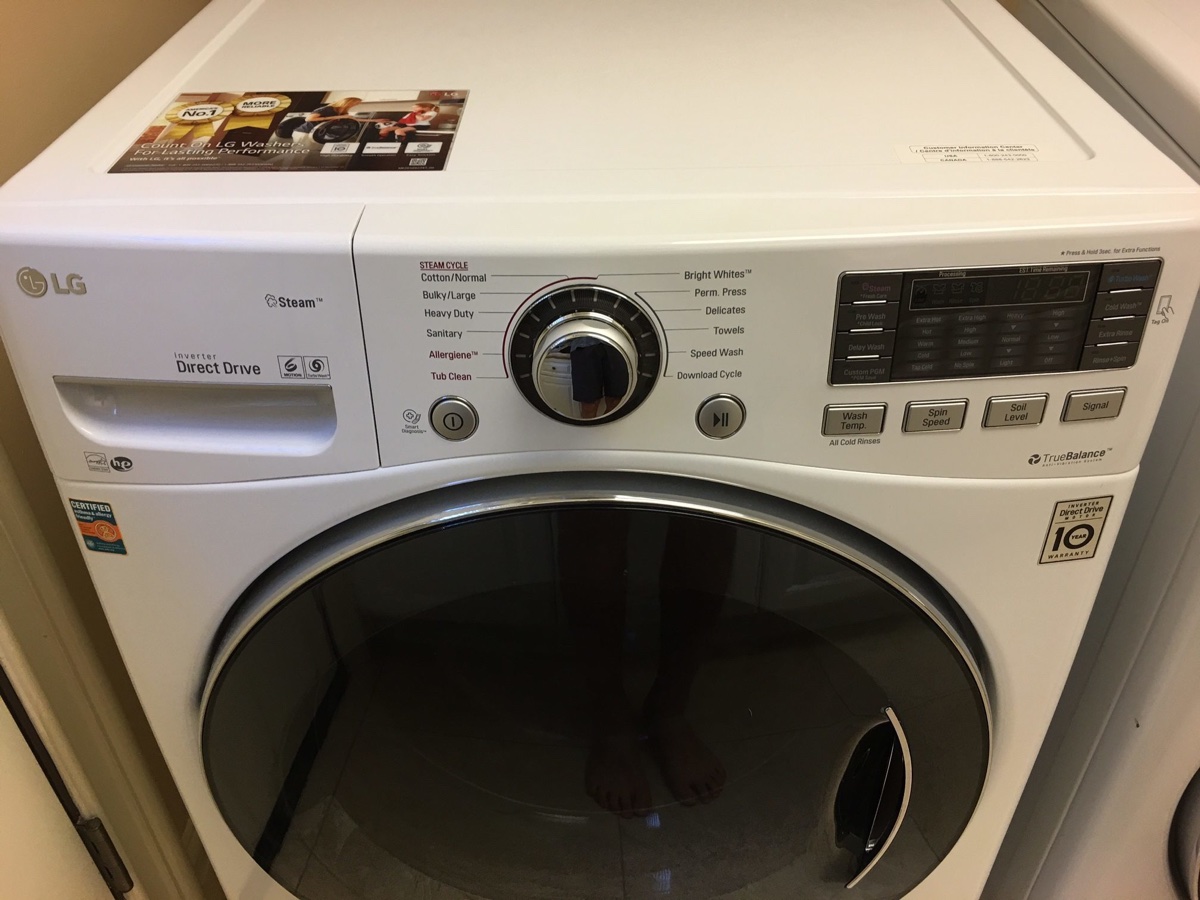
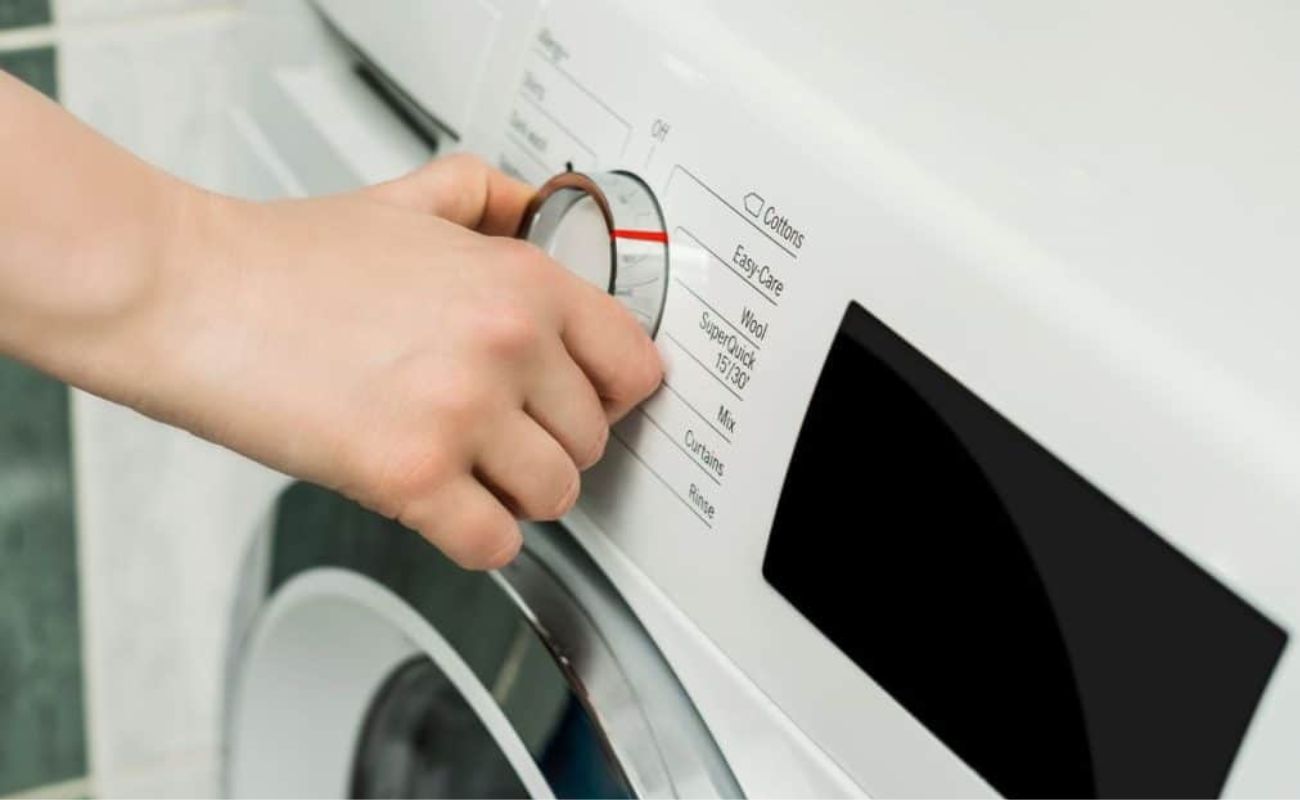

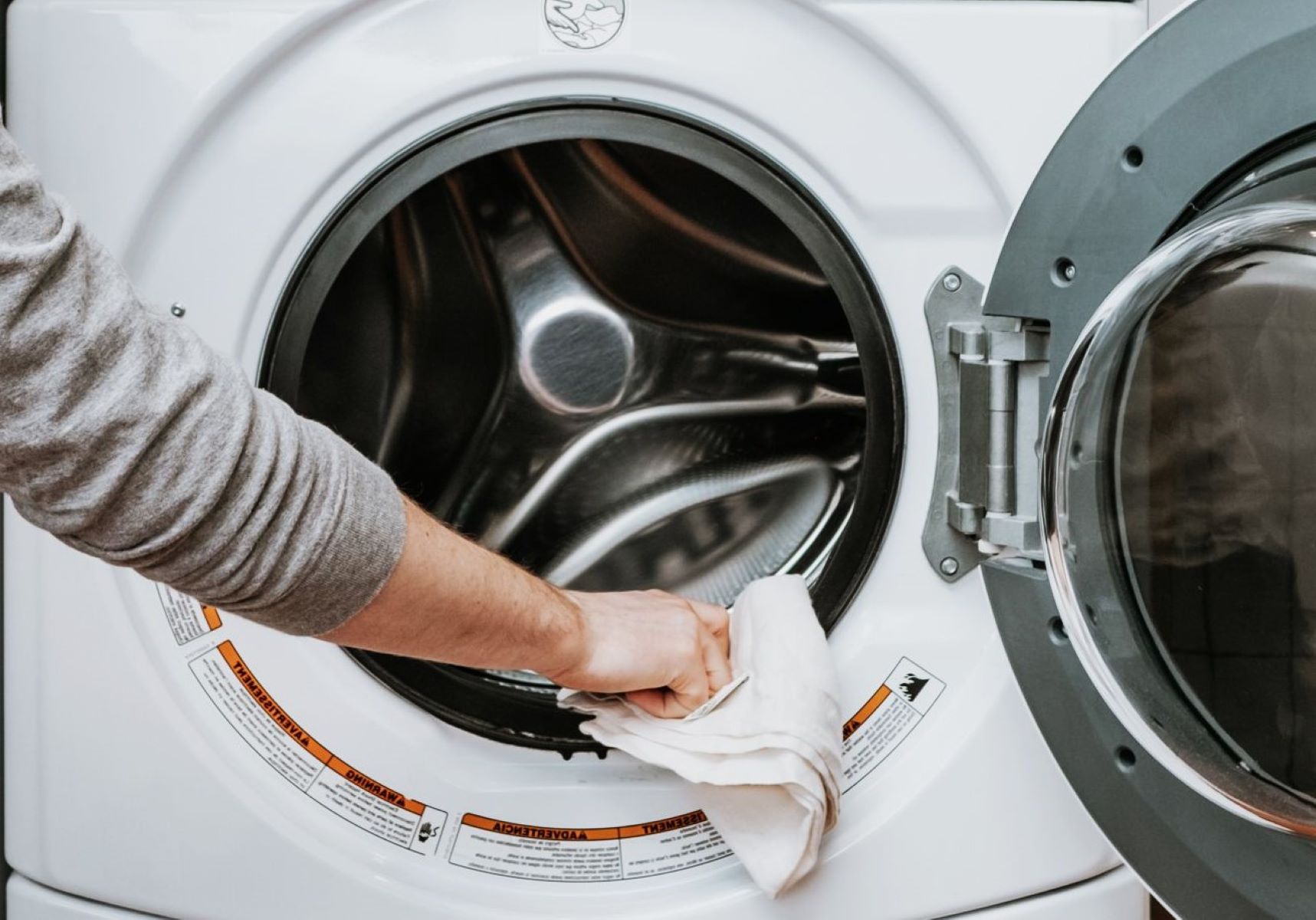
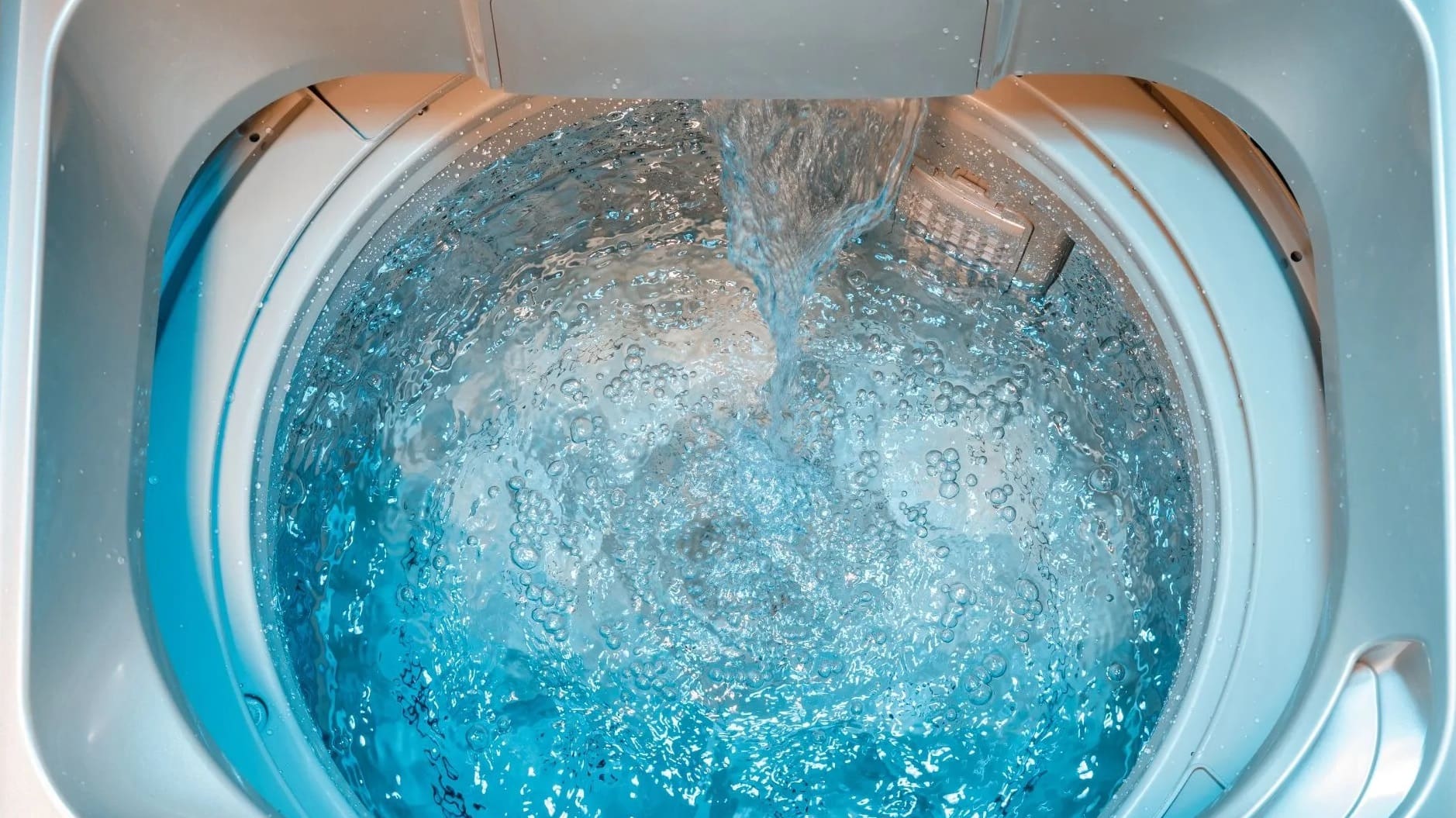

0 thoughts on “How To Get Rid Of Lint In A Washing Machine”